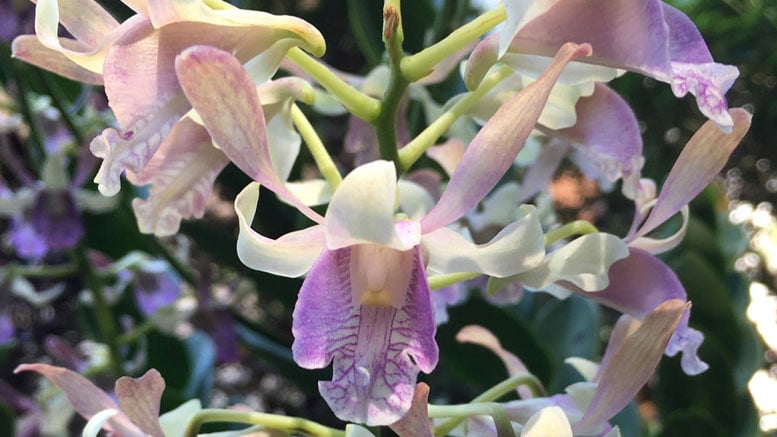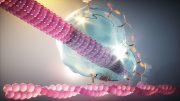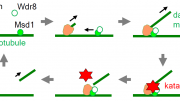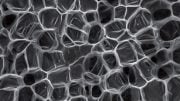
Biologists at Yale University recently discovered that asymmetry in plants can be caused by changes in pectin, leading to left-handed twisting of petals and other organs.
Like humans with their left-sided hearts, plants also can display asymmetric forms, such as helically twisted flowers and tendrils. Professor Vivian Irish and postdoctoral associate Adam Saffer of the Department of Molecular, Cellular, and Developmental Biology report that asymmetry in plants can be caused by changes in pectin, a component of the surface of plant cells and a substance that gives jam its gelatinous quality. These alterations in pectin lead to left-handed twisting of petals and other organs, as they report in the August 7 issue of Current Biology.
The insights can help explain why many garden plants take on unusual shapes. Understanding how pectin can control plant shape may one day help scientists engineer new biomaterials based on the unusual properties of pectin, the authors say.
Study Summary: Although specific organs in some plant species exhibit helical growth patterns of fixed or variable handedness, most plant organs are not helical. Here we report that mutations in Arabidopsis RHAMNOSE BIOSYNTHESIS 1 (RHM1) cause dramatic left-handed helical growth of petal epidermal cells, leading to left-handed twisted petals. rhm1 mutant roots also display left-handed growth. Furthermore, we find that RHM1 is required to promote epidermal cell expansion. RHM1 encodes a UDP-L-rhamnose synthase, and rhm1 mutations affect the synthesis of the pectic polysaccharide rhamnogalacturonan-I. Unlike other mutants that exhibit helical growth of fixed handedness, the orientation of cortical microtubule arrays is unaltered in rhm1 mutants. Our findings reveal a novel source of left-handed plant growth caused by changes in cell wall composition that is independent of microtubule orientation. We propose that an important function of rhamnose-containing cell wall polymers is to suppress helical twisting of expanding plant cells.
Reference: “Rhamnose-Containing Cell Wall Polymers Suppress Helical Plant Growth Independently of Microtubule Orientation” Adam M. Saffer, Nicholas C. Carpita and Vivian F. Irish, 20 July 2017, Current Biology.
DOI: 10.1016/j.cub.2017.06.032









Be the first to comment on "Yale Biologists Discover What Causes Asymmetry in Plants"